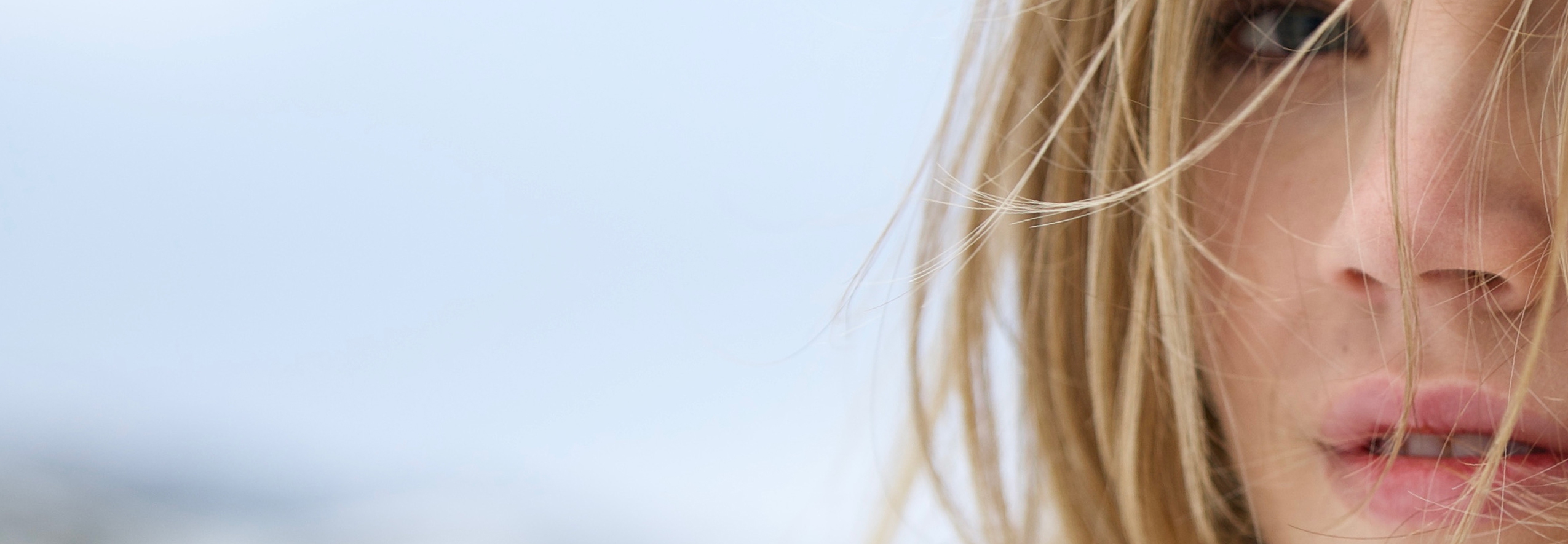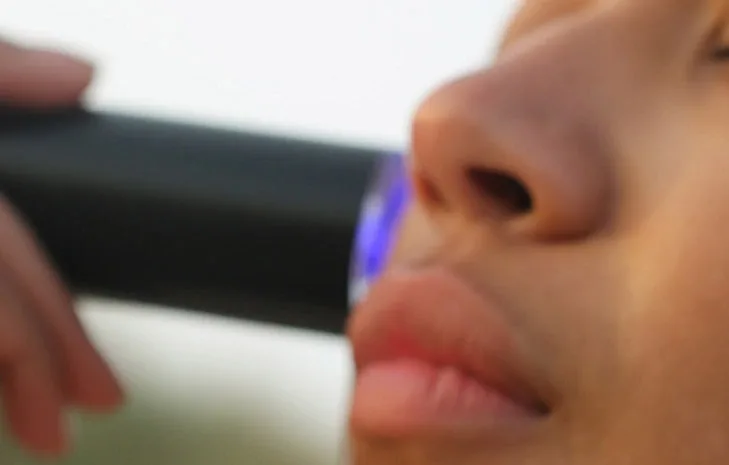The quest
for better.
Sign up to our mailing list to discover the future of beauty and wellness.
2 Minute ReadEducation by Dr Graeme Glass
18.04.22
Cells are the basic unit of life. We, as complex organisms, are the beneficiaries of the sum total of the effort of trillions of cells working together to make something greater than the sum of its parts. Cells achieve all of this by making molecules called proteins. Proteins engage in such diverse activities as transporting and utilising oxygen, making energy and telling cells to replicate. Cells and their proteins produce structures known as tissues which, in turn, make organs such as the heart, and our muscle, bone and skin.
Skin is specialised tissue that provides us with form, regulates temperature and envelopes us in a protective barrier. It is made up of an outer layer, called the epidermis and produced mainly by cells called keratinocytes, and an inner layer called the dermis, of which the most abundant cell is the fibroblast. A healthy epidermis is largely responsible for a radiant, smooth skin texture and even pigmentation; a healthy dermis is responsible for firm and wrinkle-free skin.

All the while our cells are dividing. They divide so we can grow and replace dead or damaged cells, and thereby maintain healthy tissue. Every time a cell divides, it loses some of its ability to do so again. Each cell is capable of only a finite number of cell divisions. As the cell approaches this divisional maximum, it enters a state known as cellular senescence – old age which precedes cell death. As we grow older, the balance between cells actively replicating and cells in senescence gradually shifts to a state whereby maintaining healthy tissue becomes more difficult. With relatively fewer cells capable of making vital structural proteins like collagen and elastin, the result (when multiplied by the billions of cells involved) is diminished skin quality and volume and, thus, inelastic and wrinkled skin.
This isn’t just a skin issue. It also happens in all living tissues including the bony facial skeleton on which our skin hangs. As the facial skeleton recedes due to diminished deposits of bone, the overlying skin begins to droop on the receding foundation, accelerating the appearance of ageing that begins in our 20s or 30s. This is known as the “intrinsic” ageing process because it is how our cells are programmed to behave.

Separately, our skin also reacts to the environment. Factors such as sun exposure, smoking, diet, sleep and fluid intake also influence our skin’s ability to remain healthy and young. Toxic chemicals produced by environmental exposures (free radicals) induce cellular injury and premature death, removing billions of healthy cells from the pool needed to counter the natural process of senescence. This process is known as “extrinsic” ageing. Roughly speaking 25% of our ageing process is down to genes, and 75% down to environment.
The LYMA Laser is able to work on both levels to prevent ageing. It tackles the intrinsic ageing process by providing light energy to cells of the epidermis, dermis and even the underlying bone in a form that they can convert to chemical energy. The higher energy state of the cell alters its behaviour. The cell begins to express genes for repair and regeneration and inhibits genes for ageing and senescence. It simultaneously tackles the extrinsic ageing process as the cell also begins to express genes that enhance immune surveillance. This also promotes the synthesis of proteins, called enzymes, that break down free radicals into harmless byproducts.